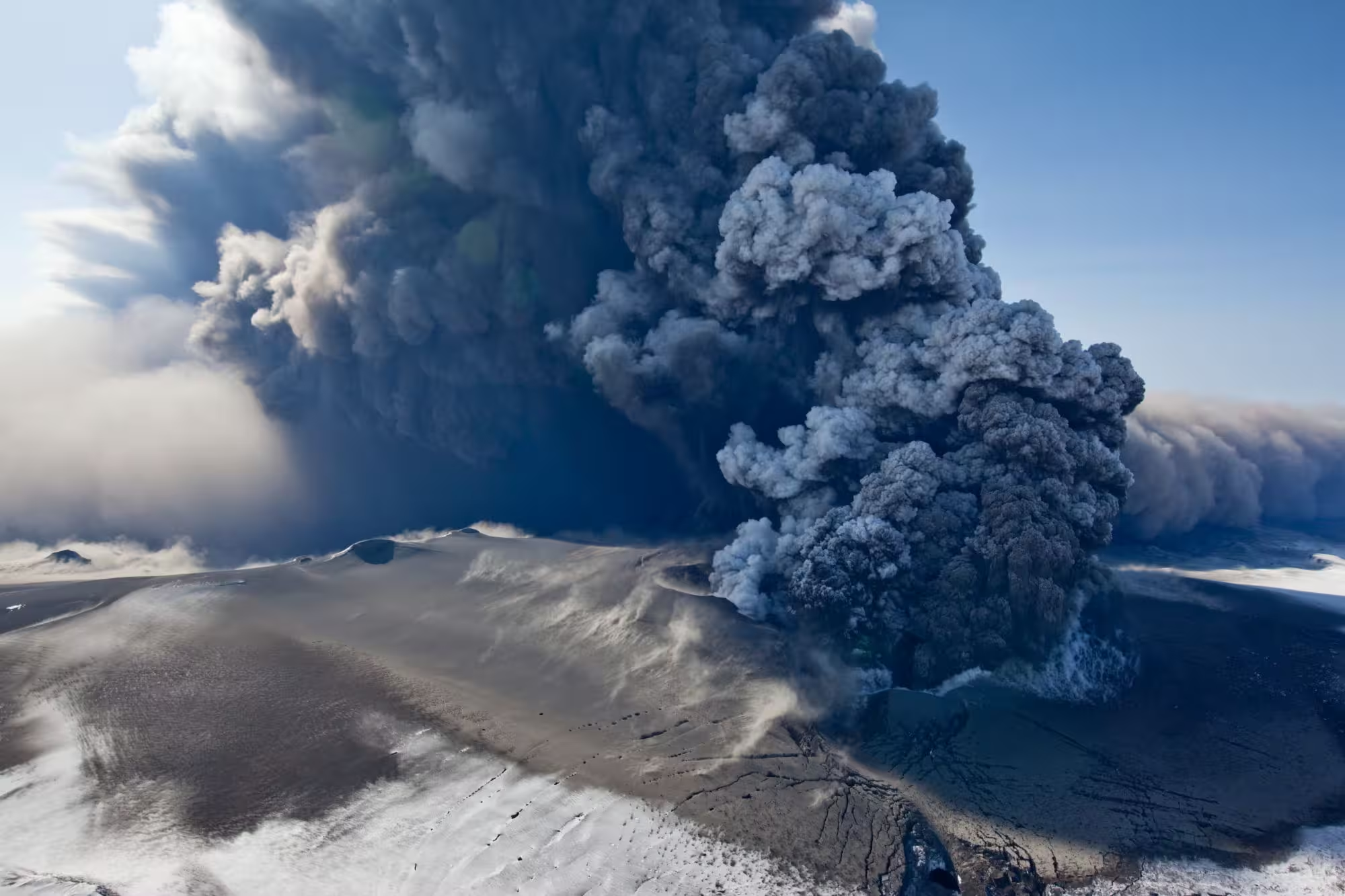Selenium in Volcanic Environments (SELVES)

Selenium (Se) plays a dual role as both a vital nutrient in trace amounts and a potential toxin when present in excess. While UK soils generally lack sufficient Se and need supplementation, areas with volcanic soils or those overlying phosphate or organic-rich shales may have dangerously high levels, posing significant health risks. Beyond its biological importance, Se is crucial in industries such as photovoltaics, glass production, fertilisers, and batteries, with demand expected to surge 5-10 times by 2050.
Until now, the technical challenges of sampling Se in volcanic gases and accurately analyzing it in volcanic rocks have severely limited the quantitative understanding of volcanic Se emissions. This project proposes a groundbreaking set of studies in Se geochemistry, as well as other environmentally significant trace volatile metals, leveraging recent advancements such as the use of unoccupied aerial vehicles (UAVs) to sample high-temperature gases and the development of precise analytical protocols for Se measurement. The project will quantify the flux of Se and sulfur outgassing from each eruption and determine the chemical and bioavailable forms of Se that are delivered to the surface environment. Achieving these objectives will pave the way for larger, integrative studies focused on the environmental impact and biological uptake of heavy metals like mercury, thallium, and lead, alongside Se. The research will also contribute to improved hydrothermal models of Se partitioning into porphyry deposits and the sustainable utilization of Se ore resources, addressing key intersections of health, environment, and economy within the NERC remit.
